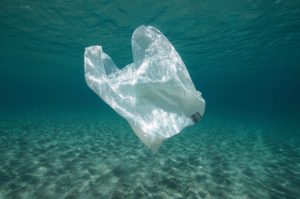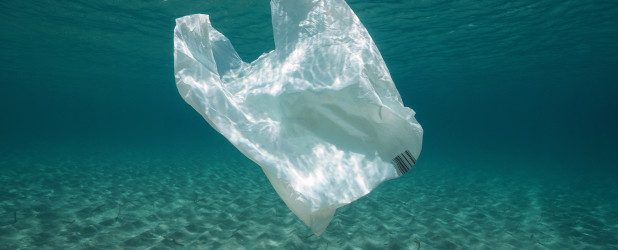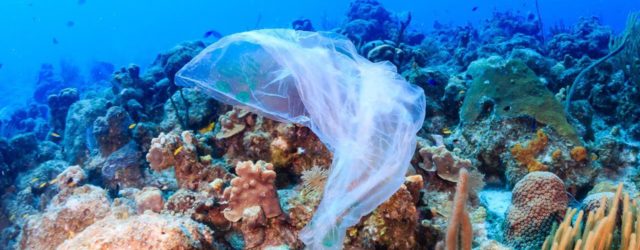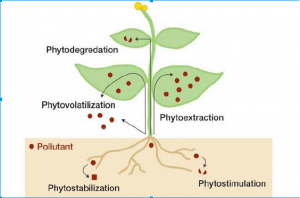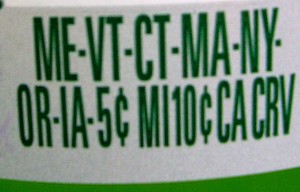
Adam Chartier, Building and Construction Technology.
Autumn Fetridge, Animal Science.
Kara Duprey, Environmental Science.
The United States and its territories are home to several coral reef systems in Florida, Puerto Rico, The U.S. Virgin Islands, Hawaii, Pacific Islands, and the Garden Flower Banks offshore of Texas in the Gulf of Mexico (Environmental Protection Agency [EPA], 2018, para. 1). The Florida Reef is the third largest barrier reef in the world and has been in decline for the last four decades due to disease, pollution, and rising ocean temperatures (EPA, 2018, para. 16). Hawaii alone houses 60%, over 140,000 acres, of the United States’ coral reefs and is estimated to be worth over $9 billion and contribute several hundred millions of dollars to the economy per year. Commercial and recreational fishing in coral reefs generate $200,000+ per year (EPA, 2018, para. 31-33). However, we may not be able to enjoy the beauty and benefits of coral reefs for much longer as our plastic trash continues to infiltrate and devastate reefs at alarming rate; systematically poisoning, wounding, and infecting coral communities, leaving stark white skeletons in their place. Single-use plastic production releases chemicals that damage corals and the plastics themselves cause disease and physical harm to corals. Continue Reading →
